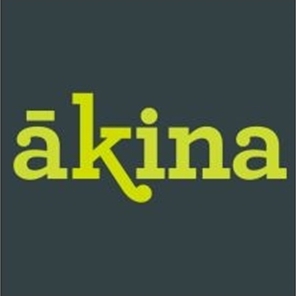Fonterra tweaks website wording after Consumer test
Fonterra tweaks website wording after Consumer test of 'light-proof' bottles
By Jonathan Underhill
Aug. 11 (BusinessDesk) - Fonterra Cooperative Group has amended the claims made about the nutritional benefits of its Anchor-brand 'light-proof' plastic bottles after a Consumer New Zealand test showed they don't protect the vitamins in milk any better than conventional bottles.
Fonterra's Anchor brand website had included the claim that light "can cause damage to vitamin B2 and A" and its light-proof bottle, launched in 2013, could prevent the nutrients from breaking down. But that wording has gone, and the Anchor light-proof bottle is now touted for keeping milk tasting fresh, by preventing the chemical changes when fat and protein in the milk oxidise that produce an "off" flavour.
Consumer NZ said it tested trim milk because that was most susceptible to degradation. "But the differences in vitamin A and B2 content between the five brands we tested - Anchor, Home Brand, Meadow Fresh, Pams and Signature Range - were minuscule," Consumer said. "For a person eating a balanced diet, these tiny differences would have no significant impact on their overall vitamin intake."
Fonterra's Anchor brand milk and Goodman Fielder's Meadow Fresh were the most expensive of the five tested at 22 cents per 100 mls for a 2-litre opaque bottle. In the test the Anchor trim milk had 0.27 mg of Vitamin B2 and Meadow Fresh had 0.32 mg. The Pams brand, sold at Pak'nSave and New World and Four Square supermarkets at 19 cents/100 mls, also had 0.27 mg as did the Countdown supermarket chain's Signature Range milk, also 19c/100ml.
"When we asked Fonterra for evidence of the nutritional superiority of milk stored in a light-proof bottle, it agreed there wasn't any," Consumer said. "The company has now changed its website to refer to the taste difference of milk in its light-proof bottles instead of the nutritional benefits."
A spokesman for Fonterra said its aim with the light-proof bottle was to ensure consumers "receive their milk in the best condition it can possibly be in, free from light strike and tasting as it did when it was first bottled."
“Most milk, regardless of the brand or manufacturer, contains similar amounts of vitamins A and B2," the spokesman said in a statement. "When light interacts with these vitamins it can break them down into free-radicals - the biggest driver of protein and fat oxidation in milk. When these degrade, that’s when milk starts to taste oxidised.
“We can’t comment on the methodology behind the Consumer NZ research, but we can categorically say is that our research and that of leading academic bodies, such as Cornell University, shows that milk is damaged by exposure to light," he said.
(BusinessDesk)
ends


 John Mazenier: Gaffer Tape And Glue Delivering New Zealand’s Mission Critical Services
John Mazenier: Gaffer Tape And Glue Delivering New Zealand’s Mission Critical Services Earthquake Commission: Ivan Skinner Award Winner Inspired By Real-life Earthquake Experience
Earthquake Commission: Ivan Skinner Award Winner Inspired By Real-life Earthquake Experience Reserve Bank: Consultation Opens On A Digital Currency For New Zealand
Reserve Bank: Consultation Opens On A Digital Currency For New Zealand NIWA: Ship Anchors May Cause Extensive And Long-lasting Damage To The Seafloor, According To New Research
NIWA: Ship Anchors May Cause Extensive And Long-lasting Damage To The Seafloor, According To New Research New Zealand Customs Service: A Step Forward For Simpler Trade Between New Zealand And Singapore
New Zealand Customs Service: A Step Forward For Simpler Trade Between New Zealand And Singapore Horizon Research: 68% Say Make Banks Offer Fraud Protection
Horizon Research: 68% Say Make Banks Offer Fraud Protection



